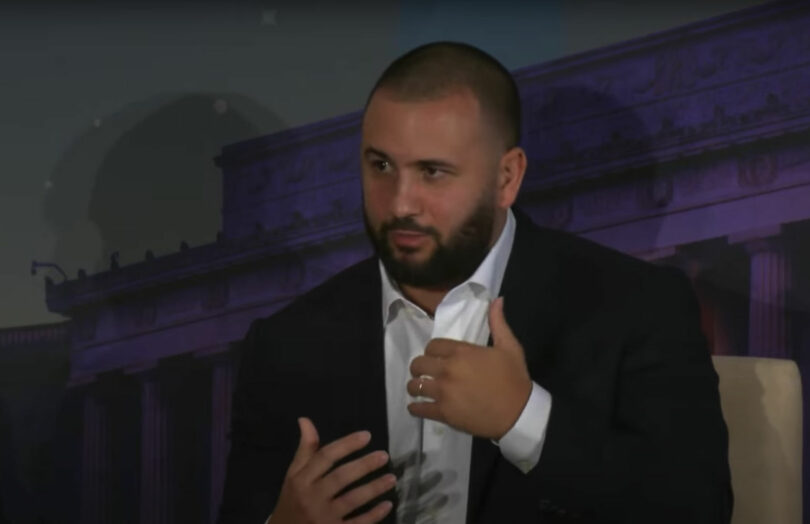While stablecoins offer cheap and fast cross border payments, their usability drawbacks have prevented them from going mainstream, until now. Visa’s Cuy Sheffield said it’s no longer always obvious to the user when stablecoins are being used for payments. He referred to the so-called ‘stablecoin sandwich’ where someone makes a conventional payment, and the payment service provider sends stablecoins to the destination. The stablecoin is then converted to the local currency with the last mile sent via the local real time payment system.
“If you used a stablecoin a year ago, it was very explicit,” said Mr Sheffield, during a DC Fintech Week panel. “You knew you were using a stablecoin. You usually had to seek out a crypto wallet, you had to figure out how to manage your private key. We’re starting to see both major fintechs, existing wallets like PayPal and others put frontend interfaces on it that just look like another fiat wallet. And so they use stablecoins on the backend.”
PayPal’s Jose Fernandez da Ponte noted that with cross border payments today, most bank customers don’t know much about correspondent banking or Swift. Stablecoins will evolve in a similar manner.
Article continues …

Want the full story? Pro subscribers get complete articles, exclusive industry analysis, and early access to legislative updates that keep you ahead of the competition. Join the professionals who are choosing deeper insights over surface level news.






